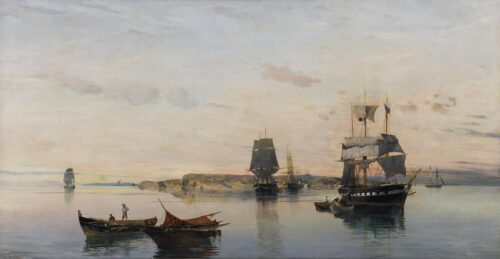
Volanakis Κonstantinos (1837 - 1907)
Ships at Anchor, ca 1886-1890
Descended from a family of merchants, he too turned to commerce at the end of his course of studies on Syros. In 1856 he was in Trieste where he worked as an accountant in the commercial house of his brother-in-law Georgios Afentoulis. During the same period, he began to do his first drawings on subjects related to the harbour and in 1864, at the urging of his employer and the financial backing of his family, he went to Munich where he began to study at the Academy of Fine Arts under Karl von Piloty.
His participation in the competition for the depiction of the naval battle of Lisse, announced by the Austrian government in 1866, garnered him first prize in 1867 for his drawings and a trip along the Adriatic in order to get to know the site of the naval battle. The following year the work was presented at the Artistic Exhibition of Vienna and was purchased by the Emperor Franz Joseph. In 1868 he began to take part in the exhibitions of the Artistic Society of Munich in which he also participated in 1869, 1872, 1873, 1877 and 1878 while in 1877 he exhibited the “Naval Battle of Trafalgar” in London, and the work was purchased by the British Ministry of the Admiralty.
In 1883 he returned to Greece and was appointed professor at the School of Fine Arts where he taught Elementary Graphics and Statue Drawing until 1903 when he retired for health reasons. At the same time he taught at the “Artistic Center”, a painting school he had founded in Piraeus in 1895, where he had settled upon his return from Munich.
Continuing his exhibition activity, he participated in the exhibitions at the Melas House in 1881 and the Parnassos Hall, at the Olympia Exhibition in 1888, the International Exhibition of Athens in 1903, at which he won the silver medal, and at the International Exhibition of Bordeaux in 1907 at which he also won an award. Moreover, he presented the “Naval Battle of Salamis” at the Greek Court in 1883 and in 1889 was awarded the Silver Cross of the Savior.
Though he began with landscapes, Volanakis developed into one of the most important Greek seascape painters, depicting naval battles, scenes in harbors, ships and caiques, as well as important events taken from the social life of the time. His compositions, lyrical and atmospheric, are characterized by color harmony and a meticulous rendering of the details and reveal a study of the Dutch seascape tradition. In his landscapes can be found influences from the Barbizon School and the work of Corot and there are also reverberations of French impressionism.

Ships at Anchor, ca 1886-1890
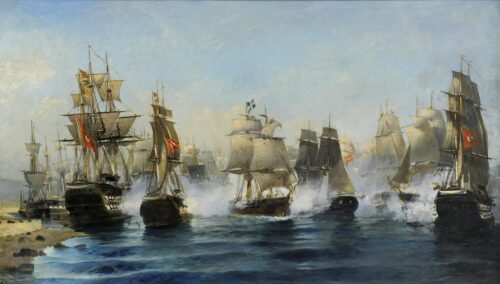
The Exodus of Ares, [1894]
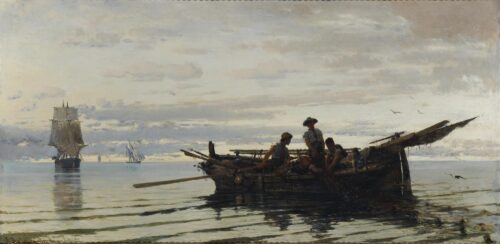
Collecting the Nets, 1871
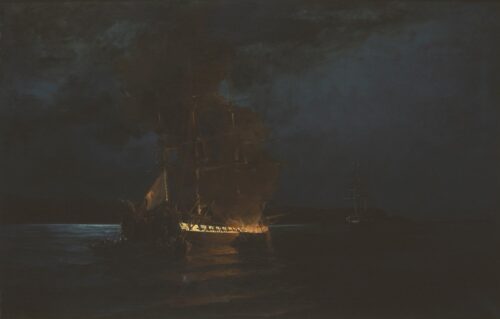
The Burning of the Turkish Flagship by Kanaris
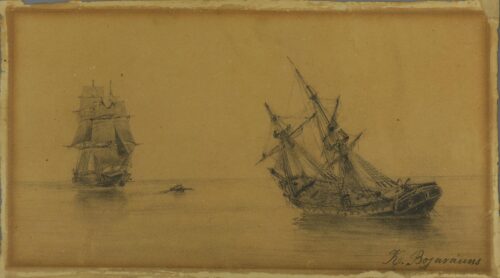
Sailboats at Sea
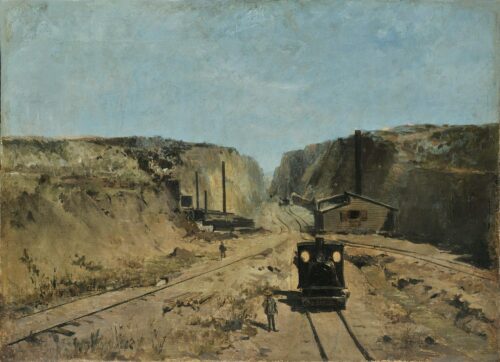
Crossing the Isthmus of Corinth
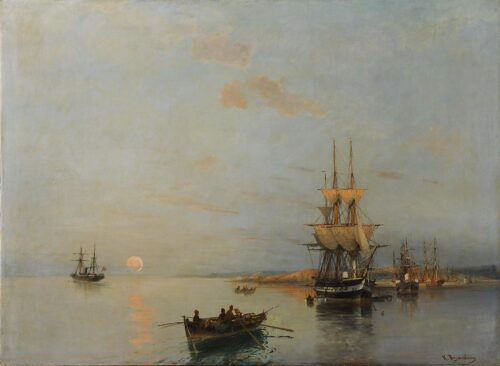
Boats and Anchored Ships
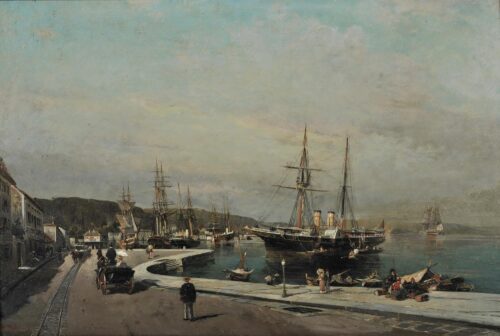
The Port of Volos
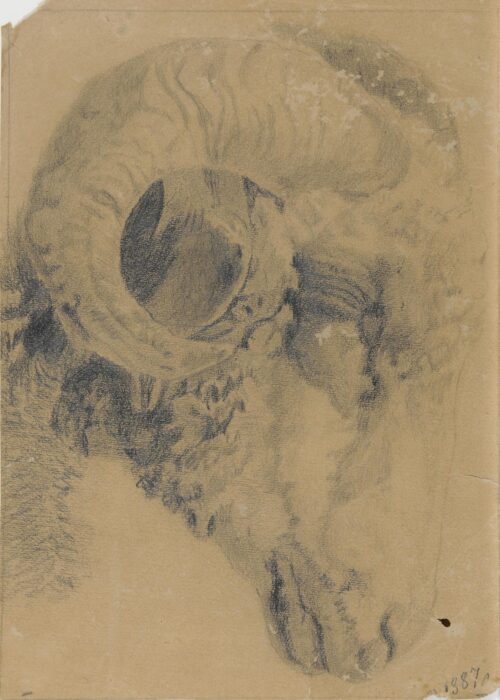
Ram’s Head
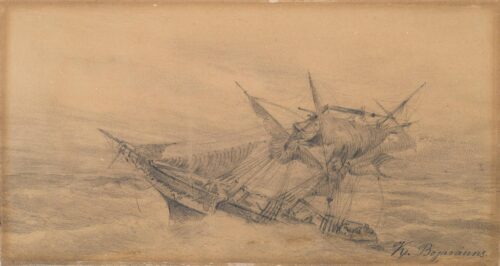
Sailboat in Storm
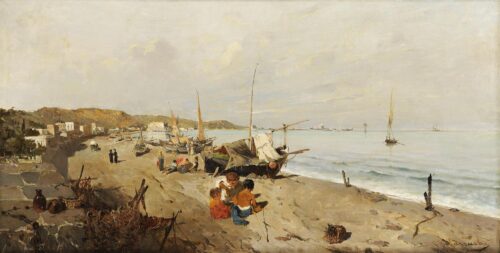
Boats and Children on the Beach, ca 1869-1875
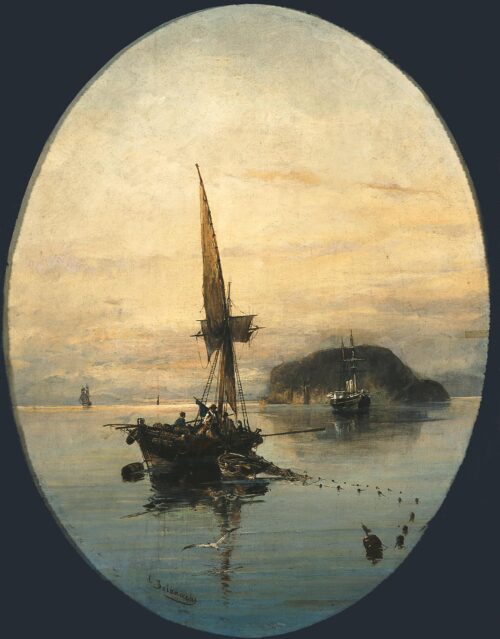
Fishing Boat
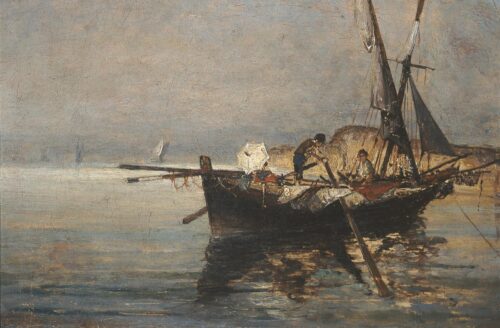
Fishing Boat
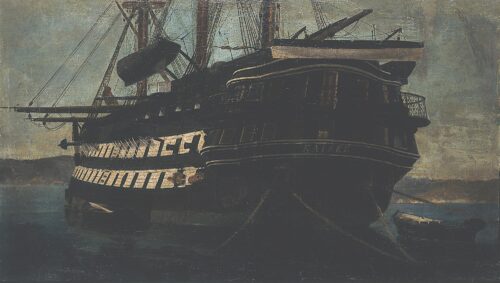
The Austrian Training Ship “Kaiser”, 1866
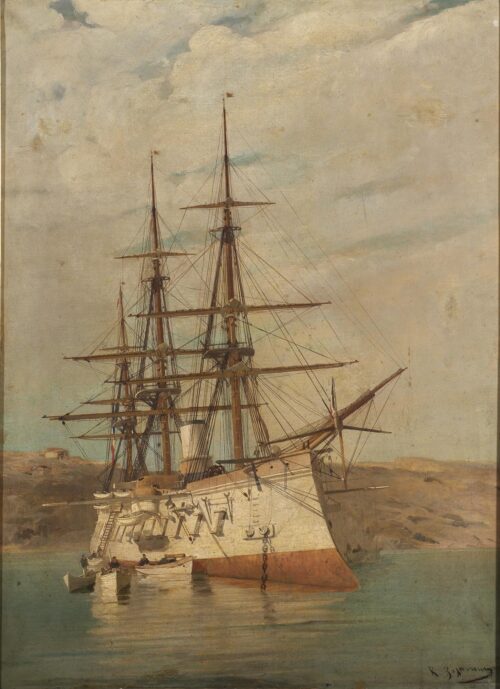
Anchored French War Ship, ca 1896 - 1907
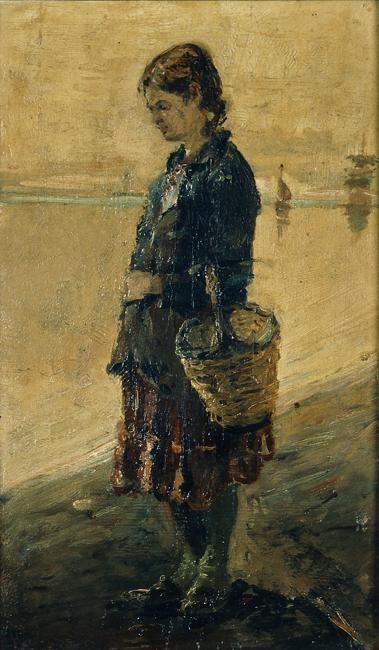
Girl with Basket
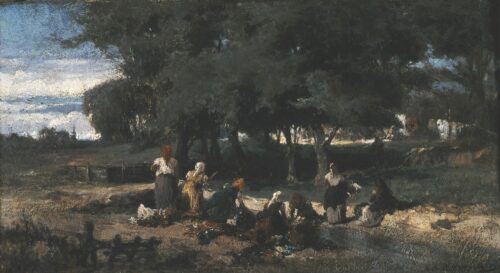
Washerwomen, ca 1869-1878
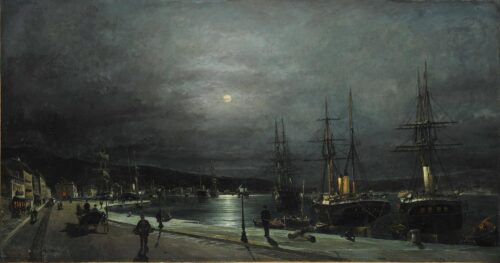
Volos Harbour at Night
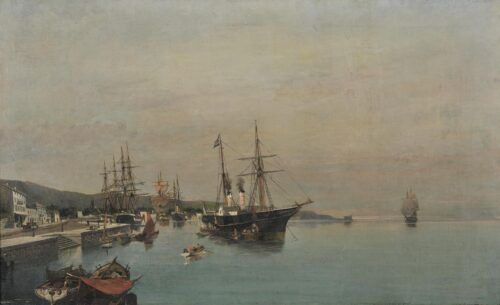
Ships in the Harbour
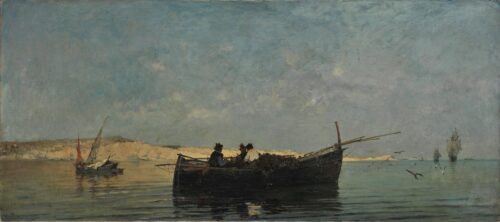
The Fishing Boat
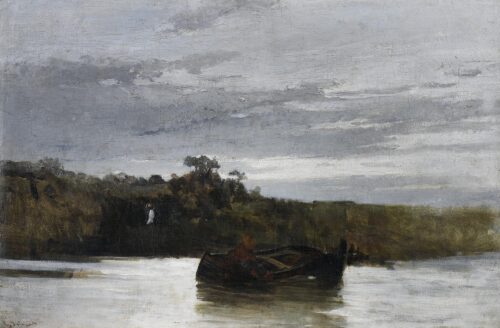
The River, ca 1870-1875
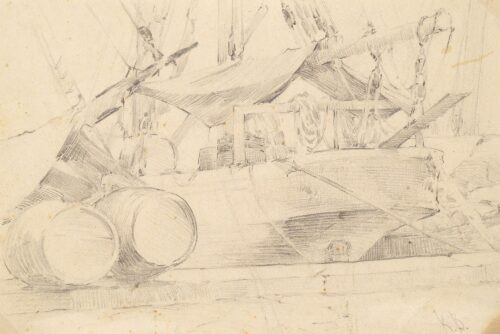
Boat docked at the Port for loading Barrels
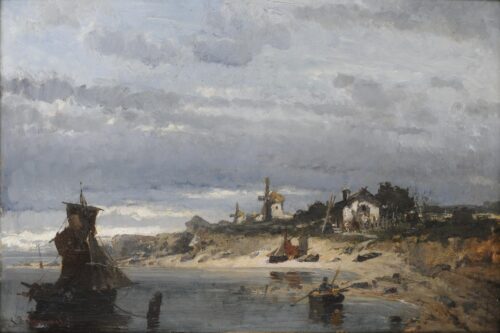
Village on a Dutch Coast, ca 1876
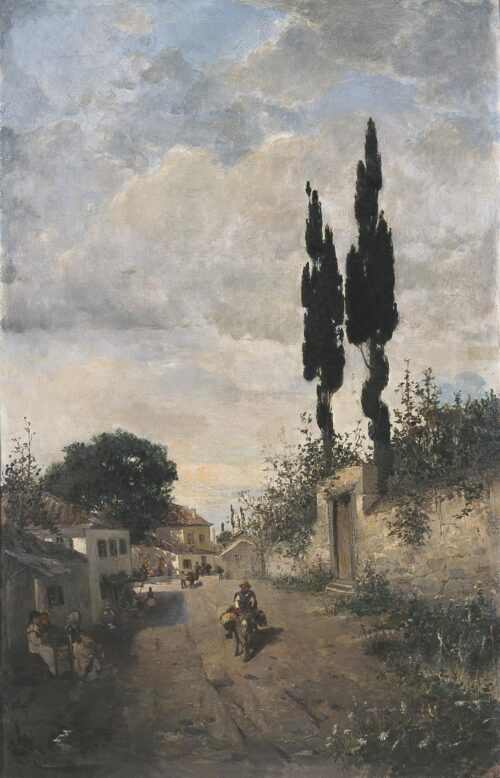
Village on Pelion, ca 1886-1890

We use cookies to make our site work properly, to personalize content and ads, to provide social media features and to analyze our traffic. We also share information about how you use our site with our social media, advertising and analytics partners. Read the Cookies Policy.
These cookies are necessary for the website to function and cannot be switched off in our systems. They are usually only set in response to actions made by you which amount to a request for services, such as setting your privacy preferences, logging in or filling in forms. You can set your browser to block or alert you about these cookies, but some parts of the site will not then work. These cookies do not store any personally identifiable information.
If you disable this cookie, we will not be able to save your preferences. This means that every time you visit this website you will need to enable or disable cookies again.
These cookies tell us about how you use the site and they help us to make it better. For example these cookies count the number of visitors to our website and see how visitors move around when they are using it. This helps us to improve the way our site works, for example, by ensuring that users find what they are looking for easily. Our website uses Google Analytics for statistics reporting.
Please enable Strictly Necessary Cookies first so that we can save your preferences!